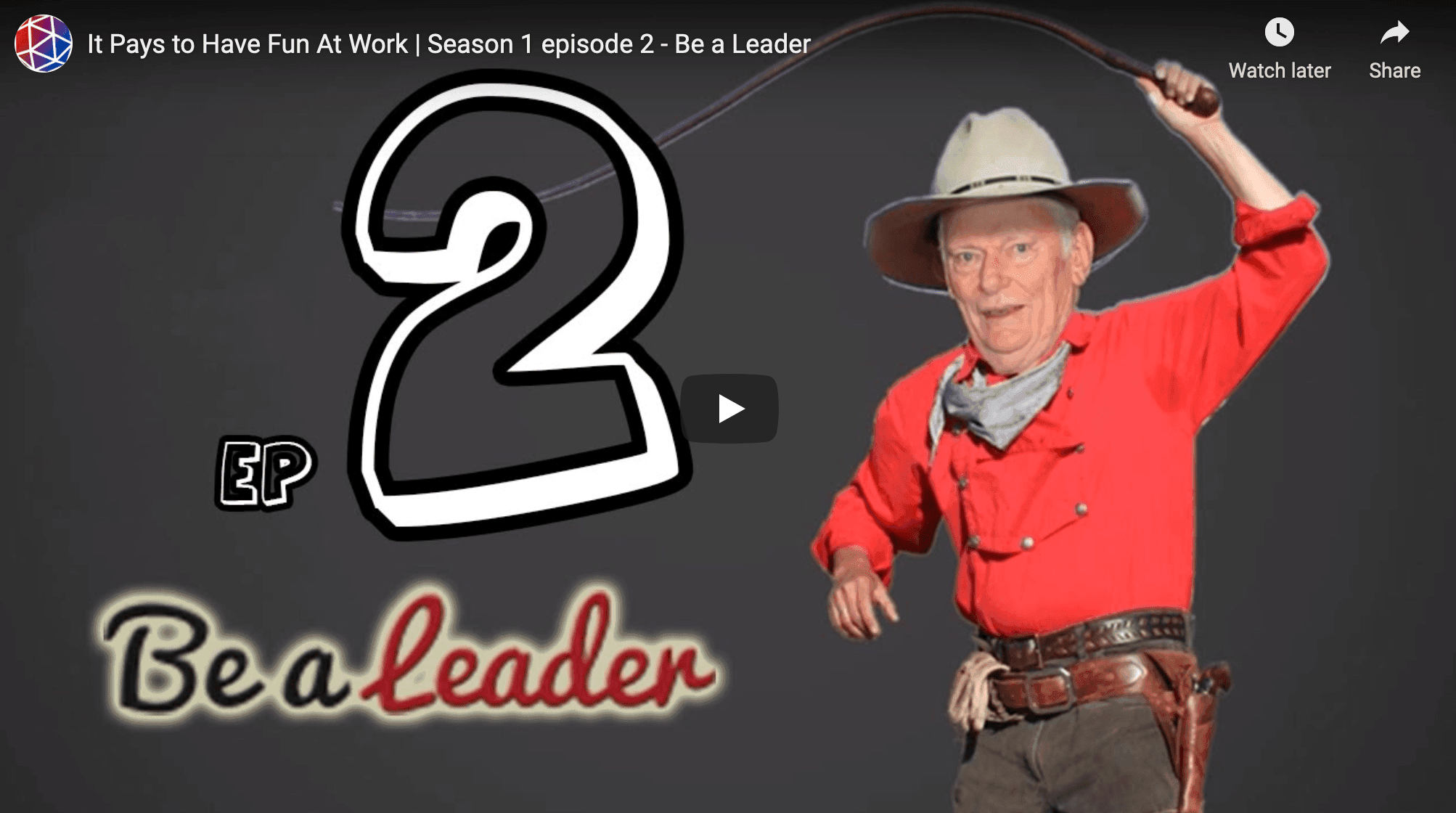The Insecure CEO

Insecurity is a prerequisite for humility.
Much is expected of the CEO today. He or she is under tremendous pressure “to look the part” and to “have it all” – from delivering expected results to being a charismatic and motivating leader.
However, in today’s networked environment, the CEO’s effectiveness goes beyond just individual influence, there is also the added dimension of his or her “networking” influence i.e. does the CEO have the clout for collaboration and buy-in beyond his or her formal jurisdiction in the organisation.
It is relatively easy to lead when you are working within the confinements of assigned authority but when it comes to collaborating with multiple stakeholders, partners, clients and associates in the industry, the CEO will then discover that not every of these relationships are obliged to treat him or her like the all-powerful and all-knowing leader.
Here is where the CEO could possibly feel insecure:
“I need to collaborate. However, the collaboration which yields the greatest return are often with those who are not naturally inclined to comply with my demands”.
It is easy for the CEO to demand for collaboration within his or her organisation because of his positional authority but when it comes to expanding the scope and reach of collaboration, it is the influencing authority which comes into play.
And here is the tricky part – the effectiveness of your influence comes from your ability to persuade those who are outside of your conventional chain of command.
Collaborating within the network of incompatibilities
While it is true that great minds think alike, the truly collaborative mind intentionally seeks out those who think differently. In fact, the collaborative CEO seeks for those in his or her network who are able to stir up the thinking in a direction which stretches the comfort zone of the organisation.
This sense of incompatibility does not apply to the vision of the organisation i.e. everyone in the organisation should align behind the overall vision. However, when it comes to strategies – there can be a variety of flavours and approaches.
An organisation should be wise to recognise that while the vision is non-negotiable, the strategies and business model ought to be dynamically adjusted to accommodate the changing landscape.
Case study: Nokia’s vision was – “Connecting People” – this is a statement which is timeless. However, the strategy of sticking to the Symbian OS proved to be fatal for the company as it stuck to its decision to stay compatible within its familiar architecture rather than embrace the changing mobile OS landscape. Companies like Samsung for example had no issues with taking on diverse platforms for growth. While it is comfortable for the CEO to work with familiar environments, it is the ability to not feel secure with familiar surroundings which drives the organisation to the next level of breakthrough success.
The forward-thinking CEO should consider the following sources of “incompatibility” in his or her network in order to stimulate breakthrough results:
- Vendors or even competitors with emerging technologies.
- Existing partnerships in different fields to create cross-fertilisation of ideas.
- Clients who could end up being potential stakeholders.
Collaborating within the network of “intimidation”
When it comes to collaboration, the easier tendency is to work with those of whom I can control and command. But what about other organisations and partners that are bigger and more “intimidating”?
Case study: When Wendy Kopp started Teach for America, she had to collaborate with all sorts of intimidating parties – the school principals, the corporate leaders, the college heads – in the quest of getting graduating seniors to commit their first two years to teach in poor community schools. Along the way, she was laughed at and made fun of but she persevered and remained humble. Eventually those who were her challenging intimidators are now her biggest supporters and collaborators. What caused the shift?
Of course, we do not go out of our way to look for intimidating people. However, life is such that when you have a worthwhile quest, you will definitely have your share of naysayers and those will impose their negativity on your ideas and plans.
Nevertheless, these intimidating parties may turn out to be your strongest supporters later on. The key is your ability to stay committed and resolute to your vision. In a way, your vision has to be bigger than your ego – this is the key to inner resolve that will help you weather through your dealings with intimidating collaborators.
From this perspective, the forward-thinking CEO should consider the following sources of “incompatibility” in his or network in order to stimulate breakthrough results:
- Fund managers or investors who may be interested in the next “big thing” from your organisation.
- Competitors who could be gobbling up your market share – why not make a deal with them first?
- Subject matter experts who are antagonistic to your mission – talking to them might just reveal certain blind spots that could lead to your downfall if left unaddressed.
Embracing insecurity
“Business success contains the seeds of its own destruction.” ― Andrew S. Grove, Only the Paranoid Survive
Success is a funny thing – once you have it, then it becomes your greatest source of complacency, your source of security. That is the reason why, according to Andrew Grove, former CEO (chief executive officer) of Intel – a healthy dose of paranoid is needed to keep you and your organisation on its toes.
The best type of destruction to your business is the type which you impose upon yourself – rather than allowing competitors to obsolete your products and services, why not you act from a position of “insecurity” and destroy your own business in favour of a better one?
Not many CEOs have this drive of “insecurity” to make that happen because we are naturally creatures of comfort and predictability.
The insecure CEO is one who lives on the edge of paranoia – constantly looking for ways to collaborate and network with those who are seemingly incompatible and intimidating and yet, as iron sharpens iron – the result is unmistakably clear – working from a position of security and comfort does not push us over the edge of excellence, innovation and breakthrough performance.
It is not the “sameness” of your network of collaborators that will provide the competitive advantage, rather it is the diversity of your network which will reap a harvest of significant results. Only the paranoid survive – embrace your insecurities because it will keep you humble and hungry.
Joseph Tan is CEO of Leaderonomics Good Monday. His passion is to work with performance-focused leaders to capture the hearts and minds of their employees through a strengths-based and accountability-driven approach. If you would like to enhance the engagement level of your organisation, email people@leaderonomics.com for more details. For more Be a Leader articles, click here.
Published in English daily The Star, Malaysia, 9 May 2015
Leadership
Tags: Be A Leader






